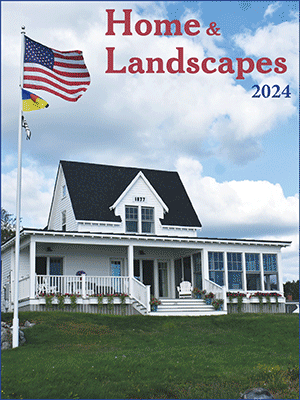Priority zones and fair use
Dear Editor:
The term “Priority zone” is used in the Maine legislative act, commonly referred to as LD 2003, for zones where housing density cannot be regulated and “character of location” is forbidden to be spoken by municipal planners. The community character tends toward uniform income-capped housing units packed as densely as a city block amid a rural STR vacationland.
Soon after LD 2003 was enacted, the Boothbay Regional Development Corporation was chartered, said to be a response to the Boothbay region workforce housing crisis.
The state uses the term “workforce” to signify workers in deals made between private corporations and the state in exchange for public subsidies.
The State of Maine Housing Needs Production Study reports that housing needed by 2030 for Lincoln County is between 880 and 1100 units. If the units are divided equally among all 13 towns, It is 84 units per town.
The Priority Zone conversation is about worker housing but the working class is not invited to participate in planning. The state is only interested in what it needs for its workforce and does not concern itself with all types of housing that the working class needs to develop working-class ideas of the way life should be, including remote workers, the self-employed, and businesses in a home.
BRDC is planning 162 income-capped housing units at 3.5 the density of the surrounding area. All of the land and most of the units will be owned by the corporation.
BRDC covers the need for workforce housing for the entire peninsula while Priority Zones are mandated to be in every municipality.
On social media sites like Medium one can read about how the workers feel about corporate culture. It’s the boulevard of broken dreams.
An unregulated STR environment calls for multiple priority zones in every municipality that serve a variety of lifestyles and purposes.
By forbidding municipal officers from using certain words LD 2003 prohibits conversations from occurring about alternative ways of thinking about housing and community, calling for the people themselves to expand the conversation and to innovate Priority Zones to serve all.
Susan M. Andersen
Boothbay Harbor





















